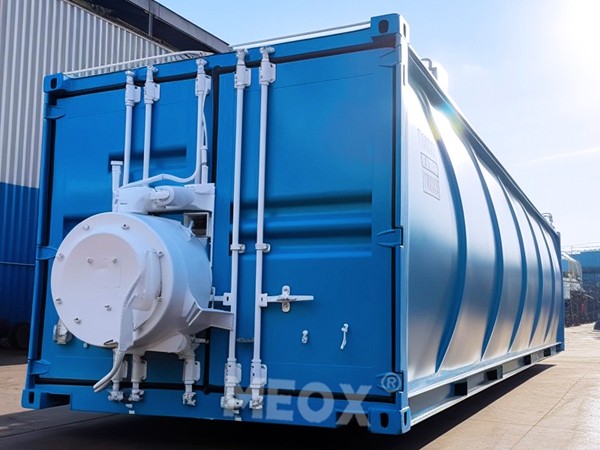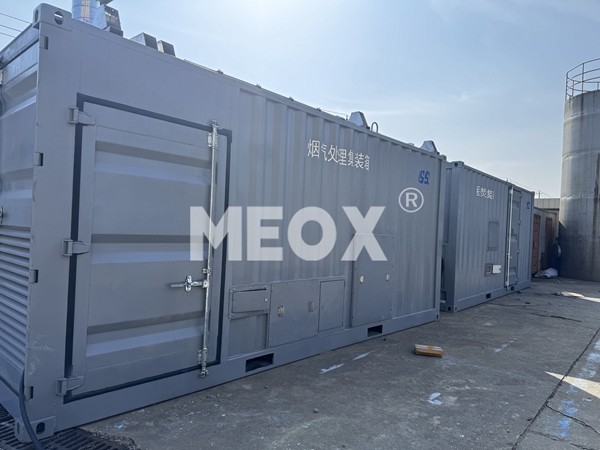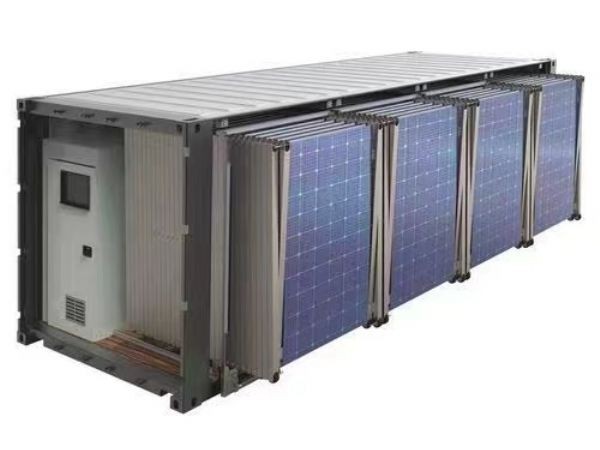Exploring the World of Storage and Shipping Containers A Comprehensive Guide

Storage and shipping containers have revolutionized the way individuals and businesses think about space, logistics, and functionality. These versatile units, made primarily of steel, are more than just industrial tools; they are building blocks for a myriad of innovative solutions in storage, transport, and even architecture. Understanding their potential and characteristics is crucial for anyone interested in entering the world of logistics, storage solutions, or even sustainable housing.
Types and Uses of Containers

There are several types of containers designed to cater to different needs. The most common include the standard dry storage container, open top container, flat rack container, refrigerated (reefer) container, and the insulated container. Each of these types serves unique purposes. For instance, reefer containers are essential for transporting perishable goods as they maintain a consistent, cool temperature. On the other hand, flat rack containers are perfect for oversized loads, such as machinery and vehicles.
Their applications range from traditional uses in maritime and rail shipping to innovative uses in construction and temporary storage. With advances in engineering and design, containers have been repurposed into modular homes, pop-up shops, and even mobile offices. The versatility of shipping containers makes them an attractive option for eco-friendly housing solutions, as they are easy to modify and can be reused, thus promoting sustainability.
Quality and Standards
When considering the purchase or lease of a shipping container, it’s essential to understand the standards each container adheres to. International standards ensure containers are durable enough to withstand harsh weather and the rigors of shipping. The International Organization for Standardization (ISO) lays out these standards, ensuring uniformity across global operations. Containers typically undergo rigorous testing to ensure they can handle a significant load, resist harsh weather, and maintain structural integrity during transit.
A standard container usually lasts around 15-20 years with proper maintenance. However, used containers may have a shorter lifespan if not well-cared for. Therefore, sourcing containers from reliable dealers with good track records is advisable to ensure quality and durability.
Cost Considerations and Financial Implications
Investing in storage or shipping containers involves upfront costs that can vary significantly based on the type, newness, and modifications required. While purchasing new containers guarantees a longer lifespan and adherence to the latest standards, used containers offer a cost-effective solution for budget-conscious buyers.storage containers shipping containers
Leasing is another popular option that provides flexibility. It involves lower initial capital and is ideal for short-term needs. The decision between buying and leasing should consider the project’s duration, budget constraints, and long-term goals.
Incorporating Technology and Innovation
Recently, technological advancements have significantly influenced the operational efficiency of storage and shipping containers. Innovations such as IoT sensors facilitate real-time tracking of container location and condition, providing vital data that enhances supply chain transparency. Smart containers now come equipped with temperature control systems, theft prevention technology, and advanced locking mechanisms to safeguard contents.
Furthermore, 3D printing technology is being explored to allow for rapid customization of containers for specialized uses. This move towards technology integration represents a major shift in container management and logistics, offering exciting opportunities for industry professionals.
Environmental Impact
Shipping containers can contribute positively to environmental preservation efforts. As structures predominantly composed of steel, reusing containers minimizes the need for raw materials. This reduction in demand for new materials translates to lower carbon emissions, beneficial in combating climate change.
Their use in sustainable architecture incorporates solar panels, green roofs, and rainwater harvesting systems, setting a foundation for eco-friendly living. These innovations are at the forefront of a global movement towards greener construction practices.
Conclusion
Understanding storage and shipping containers requires a grasp of their vast capabilities, financial implications, and potential for innovation. As the world moves towards more sustainable practices, these containers stand out as multifunctional assets aligning with global needs. Whether it’s moving goods across oceans or constructing affordable housing, their role is pivotal in shaping future solutions in logistics and beyond. Embracing this knowledge will not only enhance decision-making but also position stakeholders at the forefront of a rapidly evolving industry.






